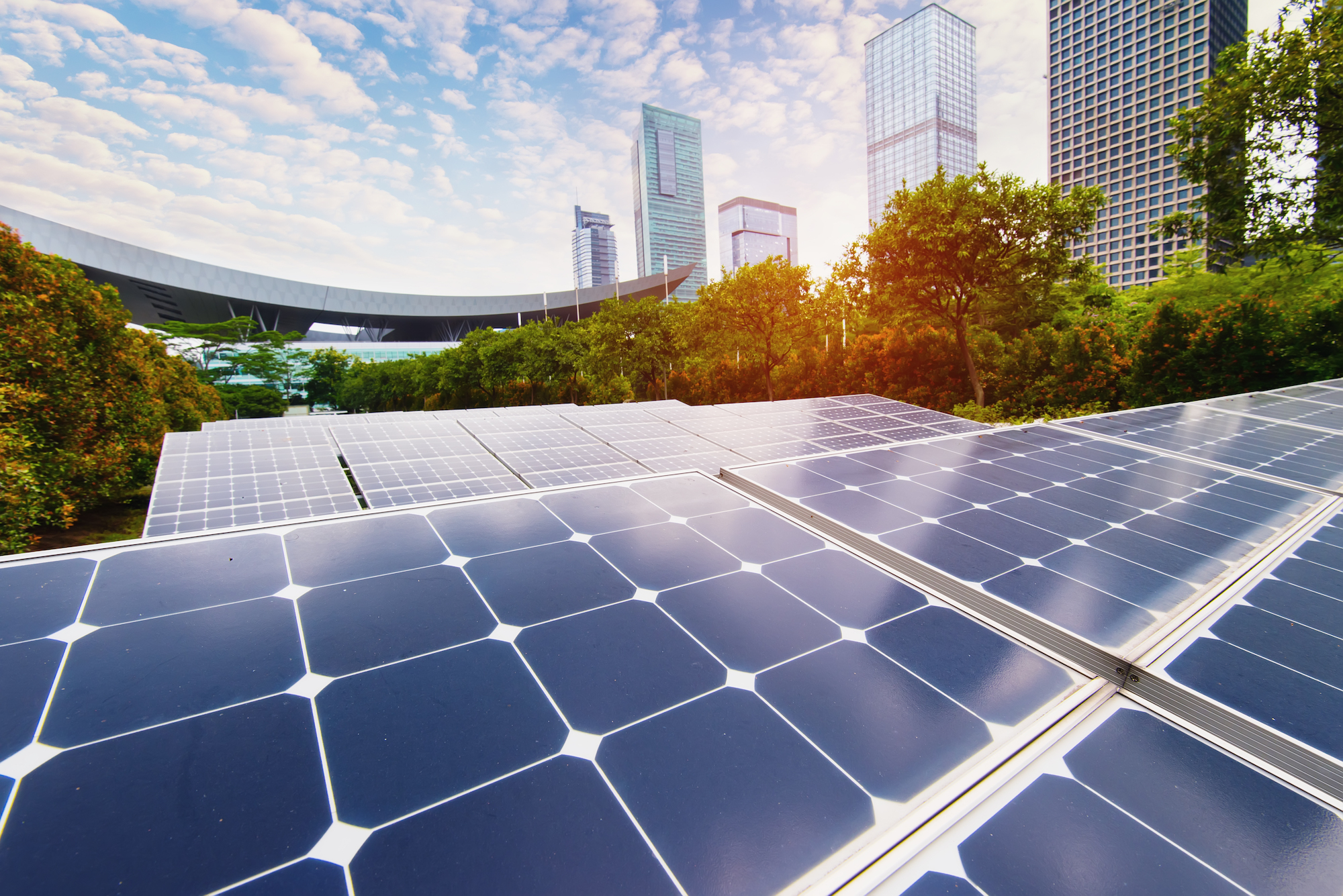BY Deborah Lehr, Vice Chairman and Executive Director
President Xi Jinping recently announced an aggressive new plan to finance the clean-up of China’s environment. If the plan is successful, it could help define the standards for green development not just in China but across much of the world. In the process, China may well become the leading exporter of “green finance” – which is a critical part of Xi’s strategy.
Xi’s plan pushes a mix of fiscal and financial policies to boost China’s green finance infrastructure. Essentially, China plans to use capital markets combined with active government policy to promote low-carbon and sustainable projects. This includes, first, the intent to develop across the financial system a clear and consistent set of green standards for investing.
In China, and certainly internationally, the lack of a common definition of what constitutes a green investment has hindered private sector investment in sustainable projects. China continues to use green bonds to invest in clean coal, which by most standards would not be considered a green investment. Establishing a standardized definition would boost investor confidence, including in China, which has the fastest growing green bond market in the world. Investors must trust that their monies are being used appropriately to fund sustainable development.
Second, the plan encourages additional support and incentives for sustainable industries, especially small and medium sized businesses (SMEs), ranging from discounted loans, tax benefits, and loan guarantees. SMEs are the driver behind China’s economic growth efforts, and supporting their sustainable operations is an important step in countering the previous mindset of growth at any cost, including to the environment.
Third, the plan calls for using cutting-edge financing tools to accelerate China’s anti-pollution efforts. To date, China has launched the world’s largest carbon market, aimed at cutting carbon pollution, and is initially focused on the power sector. Xi’s new plan builds on this effort by expanding the coverage of the carbon exchange to China’s largest six polluting industries over the next 2-5 years. It also encourages more direct financing and more research into innovative financing mechanisms like the establishment of a carbon futures market, carbon funds, and carbon-related financial products and derivatives.
President Xi has also pledged that China will develop formulas to price pollution of the air, water and soil, and establish trading systems for these resources in an effort to use market mechanisms to trade in the right to pollute. The goal of putting a price on the right to pollute is to use financial disincentives to change behavior.
Fourth, China seeks to become a major exporter of green finance. Capacity building among countries participating in China’s Belt and Road Initiative has become a top priority. Already, China is training officials along the Belt and Road on green finance – Chinese style. Along with establishing green finance zones, China is helping these countries create their own carbon markets, which will be permitted to trade in the future on China’s own national market. This will allow China to dictate the green standards these companies must meet to trade.
The plan is certainly ambitious, but necessary, if China is to tackle the multidimensional challenges of cleaning up its environment. Public sector financing can only cover some 15% of the estimated $1 trillion annual costs, so China must seek ways to attract private capital to help finance the war against pollution. There is a long way to go between intent and implementation, yet in green finance, China has been a dominant global player.
China successfully implementing its bold green finance plan could demonstrate that sustainable policies can coincide with a growing economy. This could prove to be an attractive model for developing countries, especially those located along the Belt and Road. President Xi may well be exporting one good thing: green development.
This editorial was originally published in Chinese on Caixin.





